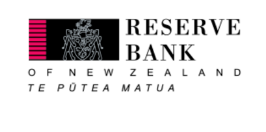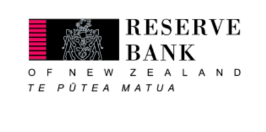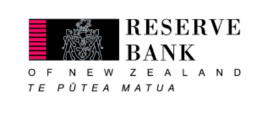Financial strain on households and businesses
Debt servicing costs have risen significantly from historically low levels during the pandemic. For households with a mortgage, the share of disposable income required to service the interest component of their mortgage debt is expected to more than double from its recent low of 9% to around 22% by the end of this year.
Despite this, household balance sheets remain resilient in aggregate, with most households with a mortgage still having substantial equity buffers — in part due to the impact of previous loan-to-value ratio restrictions, Deputy Governor Christian Hawkesby says.
Although early-stage arrears have been increasing in recent months, this takes them back to where they were before the pandemic, and they remain low when compared to the period following the Global Financial Crisis.
“We are not currently seeing widespread financial distress amongst households or businesses, which reflects the strength in the economy and labour market to date. However, more borrowers may fall behind on their payments this year, given the ongoing repricing of mortgages and expected weakening in the labour market,” Mr Hawkesby says.
“Recent profitability and strong capital positions puts banks in a good position to take a long-term view and support their customers. We encourage borrowers encountering stress to talk to their banks, as hardship programmes may be available, and some customers may be able to temporarily switch to interest-only payments or increase the remaining term of their loan.”























































First, please LoginComment After ~